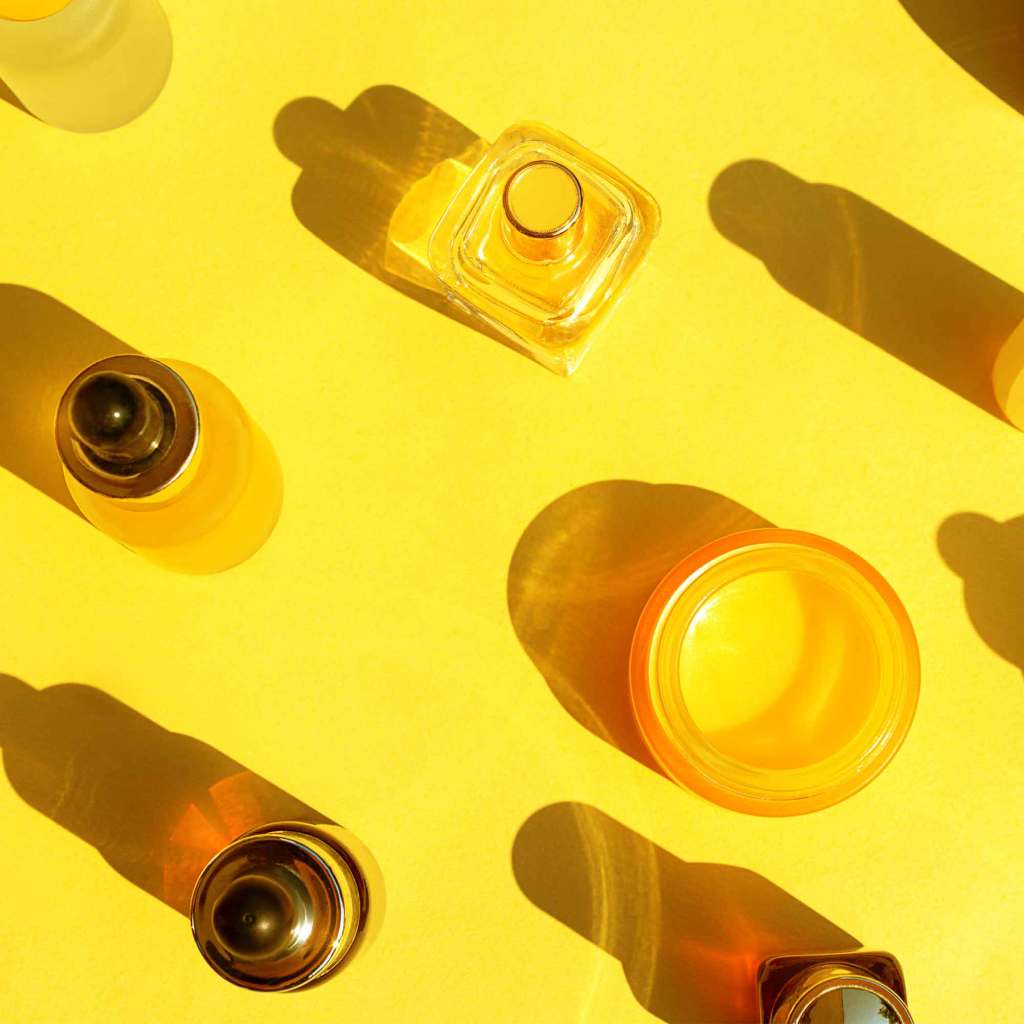Retinol, which is a derivative of vitamin A, is an extremely handy skincare product thanks to its ability to encourage skin cell turnover, while also working to reduce the appearance of fine lines, pores and pigmentation.
A common experience when you first use retinol is a period of purging. The only problem is, purging and breakouts can easily be confused given how similar they both look. So, how can you tell the difference between the two? Here’s what you need to know.
What Is Purging?
Purging refers to the period where your skin is adjusting to a new product. In the case of retinol, as the active ingredient begins to increase skin cell turnover, it can lead to a reaction as your skin starts to shed dead skin cells at a more rapid rate.
This purging reaction can include the appearance of breakouts, blackheads, whiteheads and cysts on the face. Having these pop up is far from ideal but it is actually a good sign and means the product is working as it should be.
As cosmetic chemist, Michelle Wong, explained on her website, Lab Muffin, speeding up skin cell turnover means “the entire cycle will be accelerated and microcomedones will turn into whiteheads/blackheads/pimples/cysts more quickly”.
So, What’s the Difference Between Purging and Breakouts?
Given purging presents much the same way as breakouts, it can be tough to tell the difference. While purging is the result of the skin cycle being sped up, a regular breakout could be the result of a reaction to a different product, or because a pore is clogged.
If you think the breakouts are popping up due to a reaction to another product, it’s best to discontinue the use of the product as retinol shouldn’t cause you to break out (but could cause skin sensitivity).
When you’re experiencing these breakouts, it’s good to pay attention to where the zits pop up on the face. If it’s a reaction from a product, chances are it’ll appear in a new area where you aren’t prone to pimples.
The breakout or pimple-induced product reaction will also hang around for a lot longer — taking up to eight to 10 days to run through the entire cycle of appearing, maturing and disappearing again.
Purging pimples, on the other hand, will occur in the parts of the face where you usually experience breakouts but these will appear and shrink much faster than the average zit. It’s good to keep in mind that the purging period should take about a month, as that’s how long it takes for the skin to renew itself.
Wong says that if your skin still hasn’t cleared up six to eight weeks after you start using the new product, give it the flick as it’s obviously not agreeing with you.
While telling the difference between purging and breakouts can be tough, keep an eye on how long the pimples last and where they appear on the face. And, if in doubt, stop using the product and consult a dermatologist for personalised advice.

